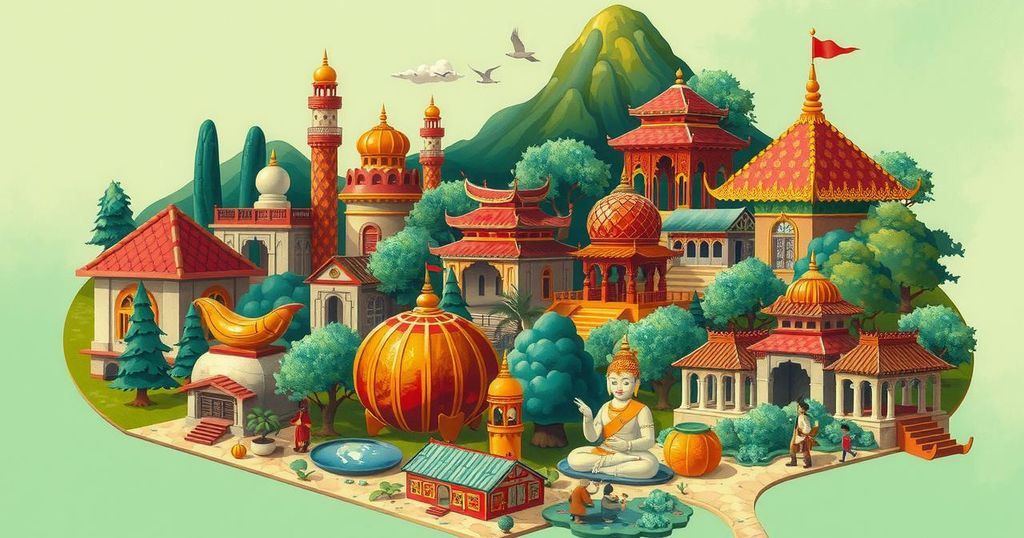South Africans have become the third-largest group of overseas-born citizens in New Zealand, surpassing Filipinos. Nearly 40,000 individuals became New Zealanders last year, driven by factors like political instability and established communities. India has risen to the second spot of citizenship sources, and new regulations have increased citizenship numbers from Germany and Pacific Island nations.
The number of South Africans obtaining New Zealand citizenship has surpassed that of Filipinos, making South Africans the third-largest group of overseas-born citizens. Last year, nearly 40,000 individuals became New Zealanders, with a notable 67 percent increase in Pacific Islanders receiving citizenship. Notably, Tongan nationals have re-entered the list of top contributing countries, while Australians have fallen off the rankings.
Additionally, over 700 Germans gained New Zealand citizenship following changes in dual citizenship regulations enacted last June. In contrast, Chinese migrants must renounce their citizenship to become New Zealand citizens, resulting in lower proportional numbers. India remains the leading source of new citizens for the second consecutive year, followed by Britain.
Demographer Professor Paul Spoonley highlighted this significant uptake in citizenship, especially in comparison to prior years. He noted, “Migration to New Zealand does not require citizenship for accessing services or voting, which has been the case since the 1960s.” He described citizenship as an expression of loyalty to New Zealand and, for many, a means to acquire a global mobility passport.
Professor Spoonley anticipates continued high arrival numbers from South Africa and the Philippines, which will sustain these countries’ positions as major contributors to New Zealand’s population. He identified critical push factors, such as political instability and crime in South Africa, alongside a robust South African community in New Zealand, which encourages migration.
Between 1949 and 2014, Britain was the leading source of overseas-born citizens, followed closely by China and Samoa. As of 2023, India has overtaken Britain for the second position. Furthermore, Taiwan, despite its smaller population, was the tenth most common source of new citizens during this extensive period due to a significant migration increase in the 1990s.
To receive timely updates, individuals are encouraged to subscribe to Ngā Pitopito Kōrero, a daily newsletter offering curated information.
The rising number of South Africans becoming New Zealand citizens reflects changing migration patterns influenced by both political factors in their home country and established communities in New Zealand. The fluctuation of new citizen sources illustrates significant demographic shifts, as seen with India’s ascent and the increased citizenship of Pacific Islanders and Germans. Overall, this trend signals a long-term commitment by many migrants to their new home in New Zealand.
Original Source: www.rnz.co.nz




